Exploring Famous Poetry Books: Essential Collections That Define Literature
Poetry stands as one of humanity’s most enduring art forms, distilling complex emotions and experiences into carefully crafted verses. Famous poetry books have shaped our understanding of language, culture, and the human condition for centuries. These literary masterpieces continue to inspire readers, writers, and scholars worldwide.
From ancient epics that established storytelling traditions to contemporary collections challenging modern conventions, famous poetry books represent pivotal moments in literary history. Each collection offers unique insights into different eras, cultures, and perspectives that have defined human expression.
Whether you’re discovering poetry for the first time or seeking to deepen your appreciation for the art form, understanding which collections have earned recognition as truly significant can guide your literary journey. This exploration of essential poetry books will illuminate why certain works have achieved lasting fame and continue to resonate with new generations of readers.
Table of Contents
Ancient Epics That Started It All
The foundation of Western literature rests upon Homer’s monumental works, “The Iliad” and “The Odyssey.” These ancient Greek epics established narrative poetry traditions that continue influencing writers today. Their combination of heroic themes, complex characters, and musical language created templates for storytelling that transcend cultural boundaries.
These early famous poetry books emerged from oral traditions, reminding us that poetry was originally communal art meant to be shared aloud. The rhythmic patterns and memorable phrases served practical purposes, helping storytellers remember vast narratives while creating emotional connections with audiences.
Romantic Revolution in Verse
The Romantic era transformed poetry through collections that celebrated individual emotion and natural beauty. William Wordsworth and Samuel Taylor Coleridge’s “Lyrical Ballads” revolutionized literary expression by abandoning formal elevated language for everyday speech and common experiences.
Lord Byron’s scandalous narratives, Percy Shelley’s revolutionary politics, and John Keats’s sensual imagery created good poetry books that challenged social conventions. These Romantic famous poetry books established poetry as both artistic expression and social commentary, influencing generations of writers who followed.
“Poetry is the spontaneous overflow of powerful feelings: it takes its origin from emotion recollected in tranquility.” – William Wordsworth
Modernist Innovations and Experiments
The twentieth century brought radical transformations to poetic form and content. T.S. Eliot’s “The Waste Land” exemplified modernist techniques through fragmented structure and dense cultural references that reflected post-war disillusionment and cultural anxiety.
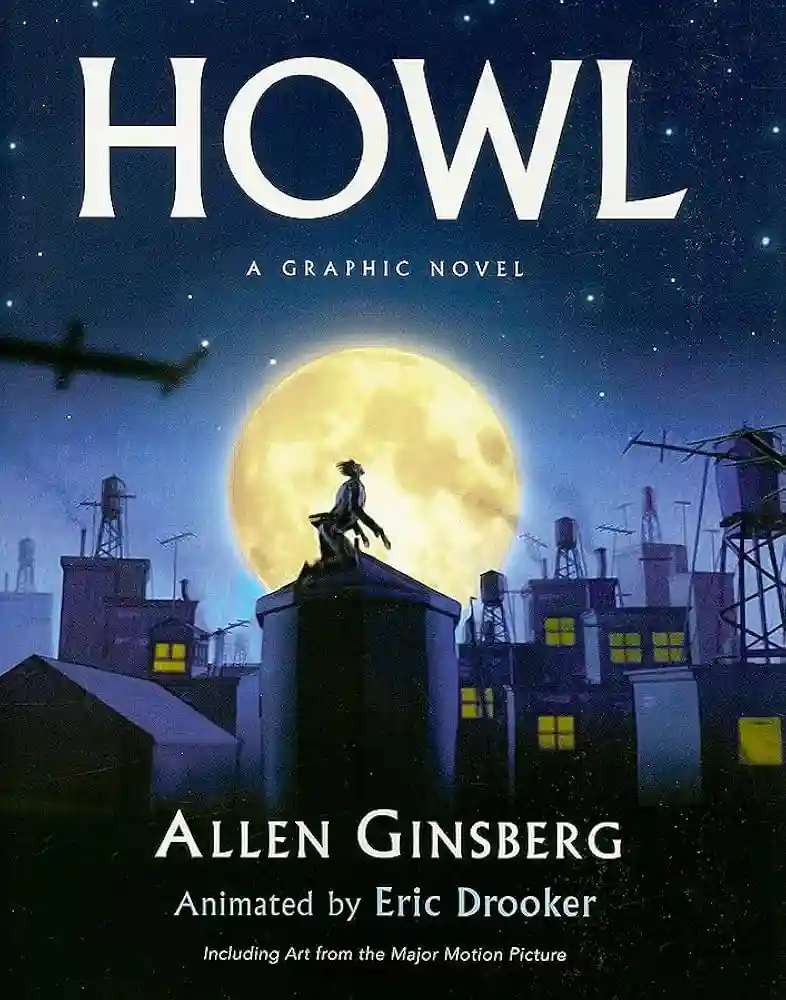
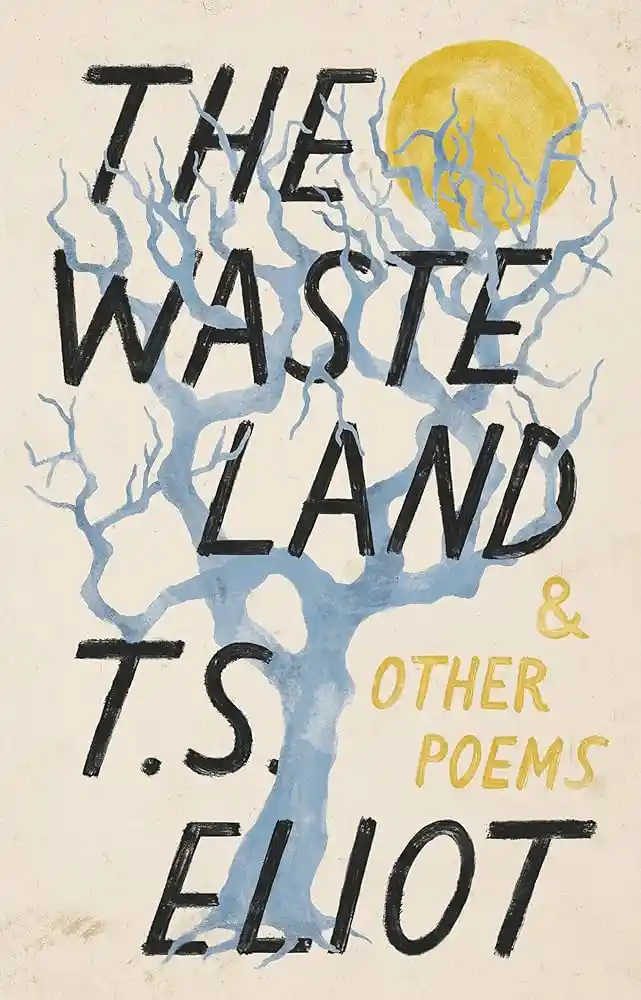
| Book | Themes | Characters | Tone |
|---|---|---|---|
| The Waste Land | Post-War disillusionment, cultural decay | Fragmented, alienated | Bleak, melancholic, experimental |
| Howl | Counter-culture, rebellion, social critique | Raw, unfiltered, marginalized | Angry, passionate, confessional |
Ezra Pound’s editorial influence shaped countless careers while his own collections demonstrated new possibilities for poetic expression. These modernist poetry books challenged readers to engage more actively with literature, abandoning traditional narrative structures for associative and imagistic approaches.
American Voices and Democratic Poetry
Walt Whitman’s “Leaves of Grass” celebrated democracy and individualism while introducing free verse techniques that liberated poetry from traditional constraints. His expansive vision of American identity and bold experimentation with form created one of the most influential famous poetry books in literary history.
Emily Dickinson’s posthumously published collections revealed a unique voice combining philosophical depth with precise imagery. Her innovative use of punctuation, capitalization, and unconventional rhyme schemes demonstrated how technical experimentation could enhance meaning and emotional impact.
Beat Generation and Countercultural Expression
The Beat Generation produced famous poetry books that challenged social norms through experimental language and countercultural themes. Allen Ginsberg’s “Howl and Other Poems” became a landmark collection that expanded definitions of acceptable poetic subject matter and form.
Jack Kerouac’s spontaneous prose techniques and Gary Snyder’s environmental consciousness created diverse approaches within the movement. These good poetry books influenced popular culture while maintaining serious artistic intentions, proving poetry’s capacity to reach beyond academic audiences.
Contemporary Voices and Diverse Perspectives
Modern famous poetry books continue pushing boundaries while addressing contemporary concerns. Maya Angelou’s “I Know Why the Caged Bird Sings” combines autobiography with poetic language, creating hybrid forms that influenced both poetry and memoir writing.
The expansion of voices in contemporary poetry has created space for previously marginalized perspectives. Collections by poets like Langston Hughes, Gwendolyn Brooks, and Rita Dove have enriched American literature while demonstrating poetry’s capacity to address social justice and cultural identity.
Comparing Influential Literary Voices
Different poets bring unique perspectives and techniques to their craft, creating distinct approaches within the canon of famous poetry books. Understanding these differences helps readers appreciate poetry’s diversity and range.
| Author | Style | Focus | Impact |
|---|---|---|---|
| Sylvia Plath | Confessional, intense, personal | Mental health, identity, trauma | Revolutionized confessional poetry, influenced feminist literature |
| T.S. Eliot | Modernist, fragmented, allusive | Cultural crisis, spiritual emptiness | Transformed 20th-century poetry, influenced modernist movement |
These contrasting approaches demonstrate how poetry books can achieve significance through different methods. Personal revelation and cultural analysis both create works of enduring value, offering readers multiple pathways into poetic appreciation.
International Poetry Treasures
Famous poetry books from around the world offer access to different cultural traditions and worldviews. Pablo Neruda’s collections combine political activism with lyrical beauty, showing how poetry serves both artistic and social purposes simultaneously.
Rumi’s mystical poetry continues finding new audiences centuries after creation, proving that spiritual themes transcend cultural and temporal boundaries. These international voices enrich understanding of poetry’s universal appeal while highlighting unique cultural perspectives and traditions.
Thematic Explorations Across Cultures
Many good poetry books gain recognition through exploration of universal themes resonating across different eras and cultures. Love, death, nature, and spirituality appear repeatedly in collections achieving lasting significance and continued readership.
War poetry represents another important category, with works by Wilfred Owen and Siegfried Sassoon providing firsthand accounts of conflict’s impact on human consciousness. These collections demonstrate poetry’s capacity to bear witness while processing emotional significance of historical events.
Building Your Personal Poetry Collection
Selecting famous poetry books for personal reading requires considering interests and experience levels. Anthologies provide excellent starting points by offering samples from multiple poets and periods, helping identify voices that resonate with individual sensibilities.
Consider beginning with poetry books that have influenced popular culture or appear frequently in educational contexts. These works often provide accessible entry points while offering sufficient depth for continued exploration and interpretation over time.
For more guidance on building your collection, explore our comprehensive guide to good poetry books that covers essential collections for beginners and experienced readers alike.
Critical Reception and Literary Legacy
The process by which certain collections become famous poetry books involves complex interactions between critical acclaim, popular reception, and historical significance. Some achieve immediate recognition while others gain appreciation gradually through scholarly attention and cultural influence.
Understanding how these works achieve status helps readers appreciate factors contributing to literary longevity. Technical innovation, emotional resonance, and cultural relevance all play roles in determining which works continue finding new audiences across generations.
According to the Poetry Foundation, the most enduring collections combine artistic excellence with cultural significance, creating works that speak to both immediate and future audiences.
Digital Age Accessibility and Future Directions
Technology has transformed access to famous poetry books, making rare and out-of-print collections available through digital platforms. Online resources provide opportunities to explore works that might otherwise remain inaccessible to general readers.
Social media and digital publishing have created new pathways for contemporary poets to reach audiences, potentially creating tomorrow’s poetry books. These platforms demonstrate poetry’s adaptability to changing communication methods while maintaining essential characteristics.
Frequently Asked Questions
What makes a poetry book “famous”?
A poetry book becomes “famous” through a combination of critical acclaim, popularity among readers, cultural impact, and historical significance. Famous poetry books often introduce innovative techniques, address important themes, or capture the spirit of their time in ways that resonate with subsequent generations. Literary awards, inclusion in educational curricula, and influence on other writers also contribute to a collection’s fame.
How do I start reading famous poetry books?
Start by exploring anthologies and collections of famous poetry books that provide samples from different poets and periods. Choose themes or time periods that interest you, then read complete collections by poets whose work appeals to you. Many good poetry books are available in affordable editions, making it easy to build a personal library of significant works. Our guide to **poetry books** offers specific recommendations for beginners.
Why should I read famous poetry books?
Reading famous poetry books exposes you to diverse perspectives, emotions, and artistic expressions that can enrich your understanding of human experience. These works offer concentrated examples of language at its most powerful and precise, helping develop appreciation for literary craft while providing insights into different cultures and historical periods.
Embracing Poetry’s Transformative Power
Famous poetry books continue offering readers transformative experiences through their combination of artistic beauty and emotional truth. These collections represent humanity’s ongoing effort to understand and express existence’s complexities through carefully crafted language that transcends ordinary communication.
The journey through these literary treasures reveals not only individual artistic achievements but also the evolution of human consciousness and cultural values. Each generation discovers new meanings while contributing voices to the ongoing conversation that poetry represents across cultures and centuries.
Whether approaching poetry books as student, casual reader, or aspiring writer, these collections provide opportunities for personal growth and expanded understanding. The investment of time and attention required to engage deeply with poetry yields rewards extending far beyond the reading experience itself, enriching perspectives on language, beauty, and human connection.
For those ready to begin or continue their poetic journey, explore our curated selection of famous poetry books that represent the finest examples of this enduring art form.
Leave a Review and Help Other Book Lovers Decide
There are no reviews yet. Be the first one to write one.

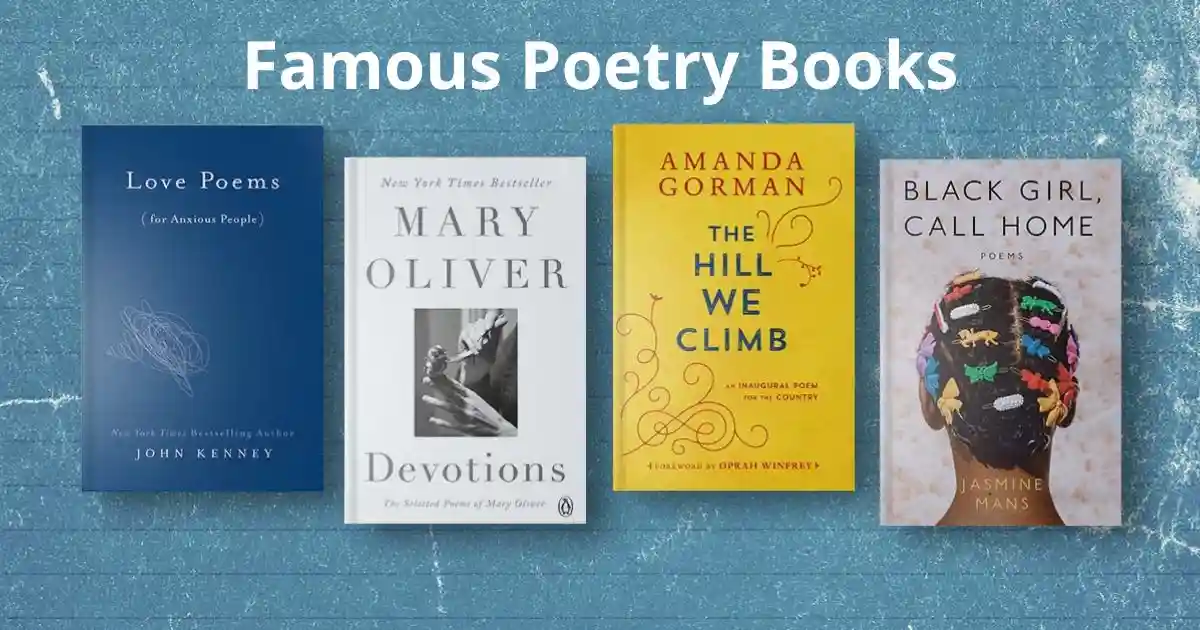
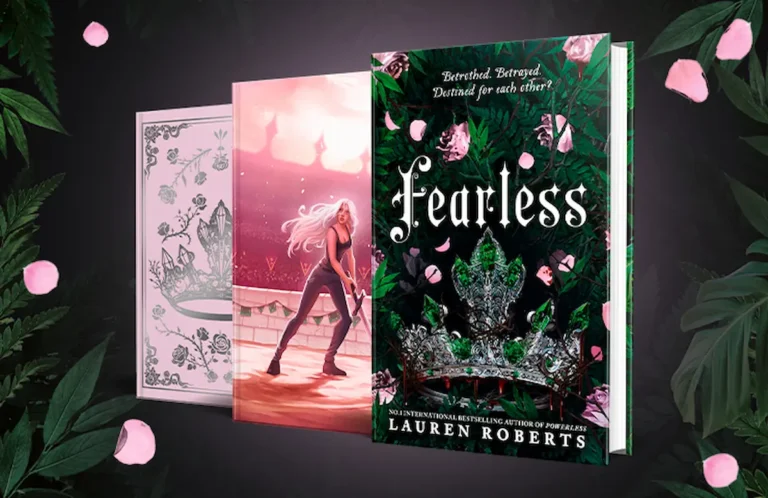
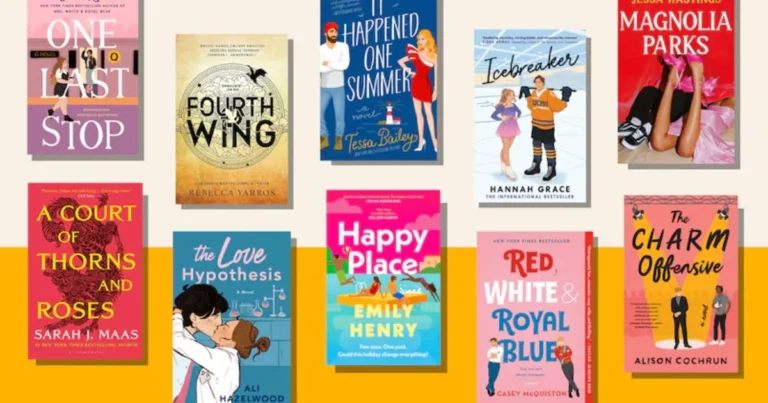
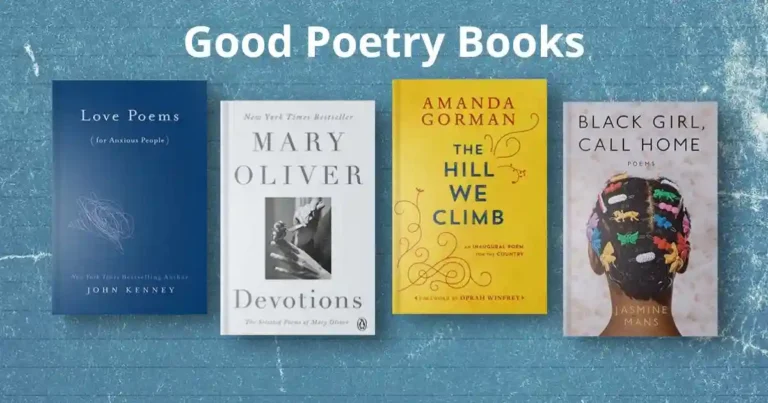
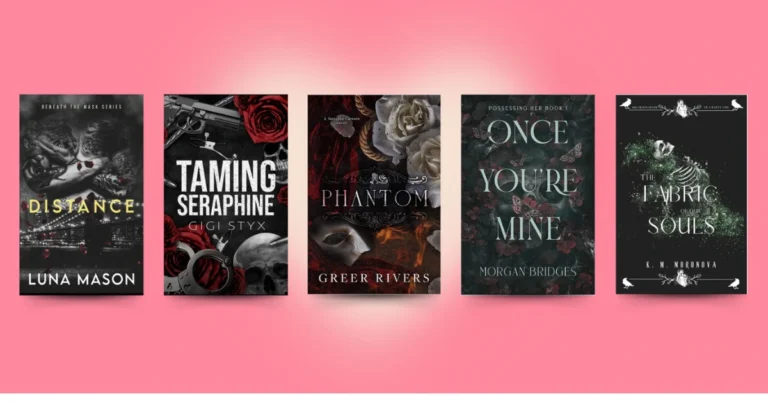
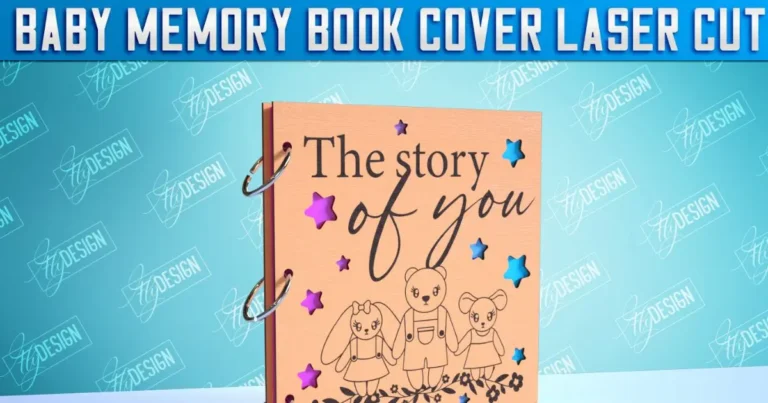

One Comment
Comments are closed.